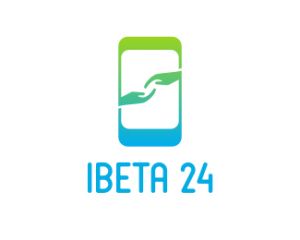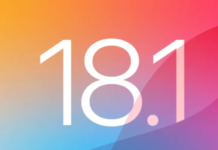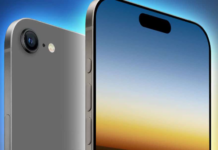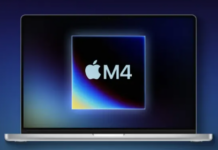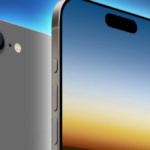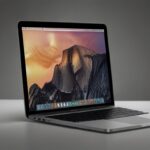Nokia is part of the history of telephony around the world. Like Motorola, Ericsson, Sagem, Alcatel, Siemens or BlackBerry. Many of these iconic brands have disappeared from the shelves. Moreover, it is no longer possible to buy a recent Nokia smartphone, since the company that designed them until now has decided to no longer offer one, confining the Finnish brand to feature phones. That company is HMD Global. Or more simply, HMD.
However, HMD has not given up on the idea of making smartphones. It’s just that Nokia isn’t part of the equation. Especially in the “affordable” price segments, between 100 and 400 euros. These segments particularly target Generation Z, social media addicts and other digital natives who have no affection for old brands. Worse, these next-gen consumers see Nokia as a dusty antique. That’s why HMD’s smartphones won’t be showing off the iconic brand.
The company prefers to put its own stamp on it. Here are the HMD Pulse, Pulse+ and Pulse Pro, the first three muses of this new strategy. These are three very affordable smartphones since the standard version will be offered in France at 129.90 euros and the Pro version will cost only 159.90 euros. Note that the Pulse+ will be reserved in France for a professional clientele. So you won’t find it on the shelves of your favorite vending machine.
How does the Pulse distinguish itself from competitors (Redmi, Galaxy A, Realme) to other contenders? Humanize three arguments that HMD provides: There are three arguments that HMD. For starters, the 3KR should have a curvy look, similar, for example, to that of the Nothing Phone 2a or Neo Loop Play, with a software and hardware add-on a la Twitter. In the hardware part, it might have been a series or a Redmi which can’t be alone surprised us much. One the next place is the photography, you have 50 MP lenses at the back and the front as well for the Pro version. Last but not least, and this is from our point of view, the most important: functionality of the device can be maintained and prolonged.
With the aim to manufacture devices that are easily repairable, HMD started putting its time, energy and resources into designing its phones. The company is claiming that the durable nature of their products is what will make the customer keep coming back to the company for repair, if needed. Four parts are therefore easy to change: it involves removing the screen, taking it apart, separating the battery, USB and LCD.We’ve done the test. And the most amazing thing is that it is indeed very simple. If you can give oneself an action method, a little time, and a few tools, all it will need is an, āLittle bit of an elbow grease,ā get-up-the-get-up, and voila!
Regarding the technology aspect of HMD, the organization has tied up with iFixit. The repair specialist will ship you a complete repair with only original parts and the tool required to replace it yourself. Of course, HMD is dedicated to making the whole parts availability for min. 5 years. Along with this, the manufacturer is set to supply the consumer with two Android updates that are effective for 3 years while the security patches are provided for the specified three years too. It may be a little shorter than most top-end sprinters. However this is not in the middle affordable price segments.
There is no denying that this model is not a spec sheet contender, either. The brand hardly addresses it, because it doesn’t really have elements that attract the informed consumer: Unisoc Tiger CPU, 6GB RAM, 128GB ROM, 4G modem, 720p screen, 5000mAh battery… You will enjoy the smartphone amicably and leave a review after the review.But not much more. And while this translation does not say that a Xiaomi, bought at the same cost, will not stress the technical arguments, it will nonetheless entertain and excite the customer. In contrast with this, HMD is concentrating their marketing on anti-waste and ecofriendly- fiber which, par to the consumer, is growing in scope. I am certain that the last line of this poem too provides scope for questions and interpretation.
